Tip #1 Get to know your client
Building a strong, trustworthy relationship with your clients and providing better services can be achieved by gaining personal knowledge about their support needs, goals, and any other information they are willing to share with you. This information can be invaluable in understanding your clients better and tailoring your services to their needs.
Tip #2 Always be transparent
To enable your clients to make informed decisions about their plan, funding, and support needs, transparency is essential. A service agreement is a great way to ensure transparency and can significantly enhance the provider-client relationship. A service agreement can be advantageous for both providers and participants by clarifying expectations and setting mutually beneficial goals.
Tip #3 Personalise your care
Given that each client has unique support needs and desires, it’s important to collaborate closely with them to gain a better understanding of their objectives. By doing so, you can offer more customized support that takes into account factors such as communication preferences, service agreements, service delivery, and their expectations or goals. To create a personalized support plan, it’s important to have an open discussion with your client about all aspects of the support you can offer and work together to establish achievable objectives.
Tip #4 Share information
Sharing your knowledge with your clients and other relevant participants can help them gain a better understanding of their plan or the services you offer, in line with the adage, “knowledge is power.” Some ways to do this include:
Example #1: Provide resources: You can create a database of resources, blogs, or activities that can be shared with clients in between appointments. This not only helps them, but also builds capacity.
Example #2: Participate in disability Facebook groups: If you come across a question in a disability group and have the knowledge to answer or provide insights, take the opportunity to showcase your expertise. This can help participants with choice and control and also build trust and rapport with clients and potential clients.
Example #3: Create short-form content: As a provider, you can provide clients and other participants with access to short-form content. This can help to showcase your knowledge base while offering information that can make a significant difference to a client or NDIS participant. Many specialists are now doing this on platforms like TikTok and Instagram.



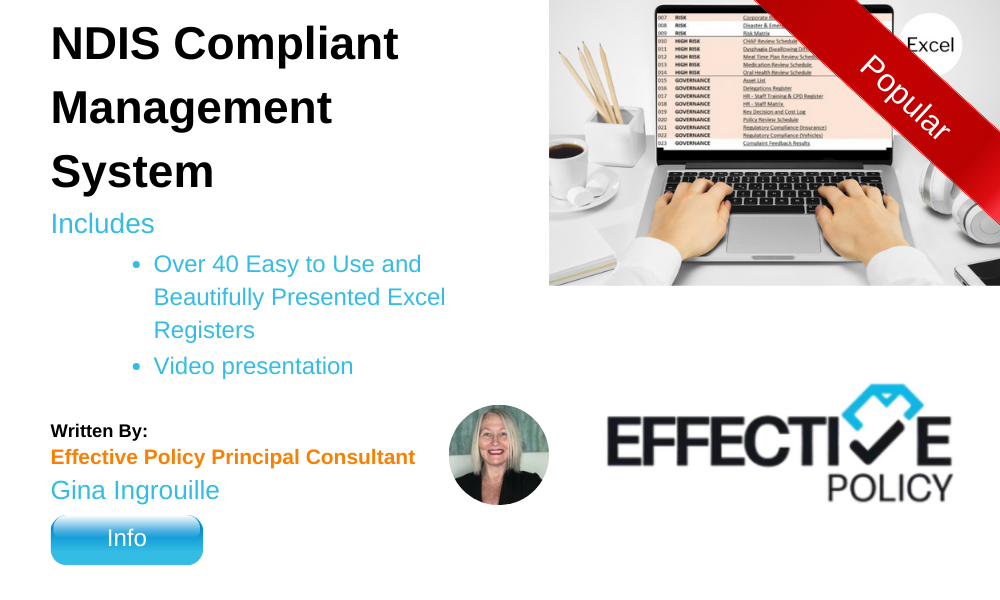
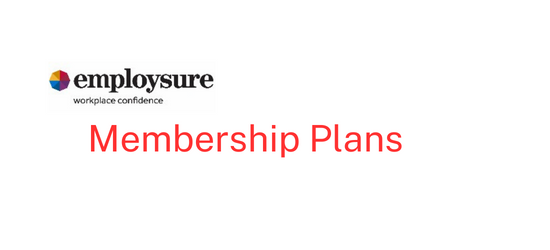




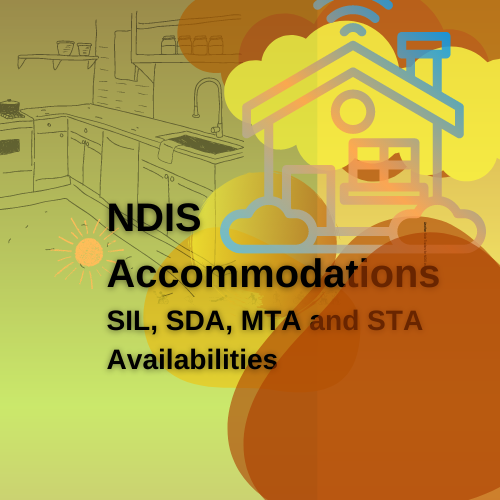

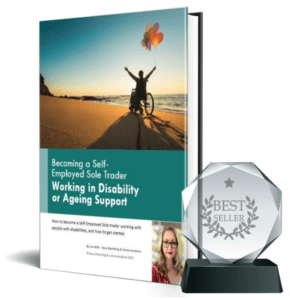
















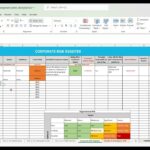


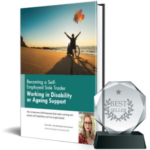
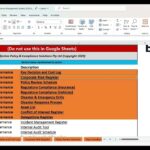






Responses